Pombalia verticillata (Ortega) Paula-Souza
Common names:
Baby Slippers, Nodding Green Violet
Synonyms:
Pombalia verticillata (Ortega) Paula-Souza, in Paula-Souza and H.E.Ballard, Phytotaxa 183(1): 12. 2014; Hybanthus verticillatus A.Nelson, in J.M.Coult. & A.Nelson, Man. bot. Rocky Mt., ed. 2: 323. 1909 [illegitimate homonym]; Hybanthus verticillatus (Ortega) Baill., Hist. Pl. (Baillon) 4: 345. 1873; Calceolaria verticillata (Ortega) Kuntze, Revis. gen. pl. 1: 41. 1891; Ionidium verticillatum (Ortega) Schult., in Roem. & Schult., Syst. veg. 5: 399. 1819; Viola polygalifolia (Vent.) Poir., Encyc. 8: 647. 1808; Ionidium polygalifolium Vent., in Vent. & Redouté, Jard. Malmaison 1(5): pl. 27. 1803 [nomen superfluum]; Solea verticillata (Ortega) Spreng., Schrad. J. Bot. 4: 192. 1801 ["1800"]; Viola verticillata Ortega, Nov. pl. descr. dec. 4: 50. 1797. TYPE (protologue): [CULTIVATED]. “Nova Hispanià, in Horto Reg. Matrit. è seminibus missis per D. Sessé” (LECTOTYPE (designated by Paula-Souza, Phytotaxa 183(1): 12. 2014): C!).
Hybanthus linearis (Torr.) Shinners, Field & Lab. 19: 126. 1951; Calceolaria linearis (Torr.) Kuntze, Revis. gen. pl. 1: 41. 1891; Ionidium lineare Torr., Ann. Lyceum Nat. Hist. New York 2: 168. 1828
Hybanthus verticillatus (Ortega) Baill. var. platyphyllus (A.Gray) Cory, Bull. Texas Agric. Exp. Sta. 550: 73. 1938; Ionidium lineare Torr. var. platyphyllum A.Gray, Smithsonian Contr. Knowl. 3(5): 12. 1852
Calceolaria gracilis (Moc. & Sessé ex DC.) Dowell, in Kuntze, Revis. gen. pl. 1: 41. 1891; Ionidium gracile Moc. & Sessé ex DC., Prodr. 1: 309. 1824
Ionidium stipulaceum Nutt. ex Torr. & A.Gray, Fl. N. Amer. 1(1): 144. 1838
Description:
Caulescent perennial shrub, stems branched (often extensively so) from the base, erect from thickish vertical unbranched or branched rhizomes, ≤4 dm tall; puberulent to occasionally hirtellous; stipules small during chasmogamous flower, often becoming large and leaf-like in fruit, free, narrowly linear to narrowly lanceolate, entire; leaves many, suberect to spreading, lowest (sub)opposite, middle and upper alternate, upper blades narrowly linear to linear-lanceolate, lower linear-lanceolate to oblanceolate, base attenuate, apex acute, margins entire and sometimes revolute, ≤ 41 × 2 mm, sessile; pedicels 0.7–14 mm, deflexed at summit; chasmogamous flower 2.5–6 mm; sepals lanceolate to ovate-triangular, acute; corolla greenish to dull yellow with purple petal apices and yellow throat; bottom petal slightly longer than others, blade moderately expanded distally, obdeltate or obrhombic to obovate, apex broadly rounded; chasmogamous capsules 4–6 mm long, broadly ovoid to globose with minute beak, green drying tan, unspotted; seeds 2.5–3.0 × 1.7–2.0 mm, broadly obovoid to subglobose or somewhat flattened, black.
Similar species:
None. This species is unique in our region.
Ecology:
Dry sandy and gravelly soils or bedrock in grasslands, desert scrub and open conifer forests, or near alluvial washes and drains.
Geographic distribution:
Native to the Southwest and Great Plains, KS and CO to AZ, south to TX and n. Mexico; reported as a weed in pastures and wasteland in India (Parthipan 2019). The species occurs within a few counties of western Missouri; although not confirmed in our range, it may someday be found here.
Conservation concern:
None.
Phenology:
Chasmogamous flower April–October, chasmogamous fruit April–October.
Affinities:
Recent comprehensive phylogenetic investigations of the Violaceae family demonstrated that broadly circumscribed Hybanthus was extensively polyphyletic, and that the sole trait of a bottom petal which was saccate at base failed to delineate natural evolutionary groups (Feng 2005; Tokuoka 2008; Wahlert et al. 2014). The majority of New World hybanthoids formed a well supported clade and were subsequently segregated into the resurrected genus Pombalia on the basis of differences in floral and seed features and anatomical traits (Paula-Souza and Ballard 2014).
Hybrids:
None.
Comments:
Gleason and Cronquist (1991) noted that this species approaches the western border of the manual range, and Little and McKinney (2015) provided much additional detail. This species is distinctive in its narrow entire leaf blades and small on deflexed peduncles. The stipules frequently grow to nearly the size of the leaves on fruiting plants, giving the appearance of whorled leaves (hence the specific epithet). The description was heavily supplemented with information by Little (2001).
Literature cited:
de Paula-Souza, J. and H. E. Ballard, Jr. 2014. Re-establishment of the name Pombalia, and new combinations from the polyphyletic Hybanthus (Violaceae). Phytotaxa 183(1): 1-15.
Feng, M. 2005. Floral morphogenesis and molecular systematics of the family Violaceae. PhD dissertation, Ohio University, Athens, OH. 279 pp.
Gleason, H. A. and A. Cronquist. 1991. Violaceae. In Manual of vascular plants of northeastern United States and adjacent Canada, 2nd ed. New York Botanical Garden, Bronx, NY. 157-163.
Little, R. J. 2001. Violaceae Violet family. Journal of the Arizona-Nevada Academy of Science 33(1): 73-82.
Little, R. J., and L. E. McKinney. 2015. Violaceae. In Flora of North America: Cucurbitaceae to Droseraceae, 106. Oxford University Press, New York, NY.
Parthipan, M. 2019. Distributional novelties of phytodiversity In southern western and eastern Ghats of India. PhD dissertation, Bharathiar University, Coimbatore, India.
Tokuoka, T. 2008. Molecular phylogenetic analysis of Violaceae (Malpighiales) based on plastid and nuclear DNA sequences. Journal of Plant Research 121(3): 253-260.
Wahlert, G. A., T. Marcussen, J. de Paula-Souza, M. Feng, and H. E. Ballard, Jr. 2014. A phylogeny of the Violaceae (Malpighiales) inferred from plastid DNA sequences: Implications for generic diversity and intrafamilial taxonomy. Systematic Botany 39: 239-252.
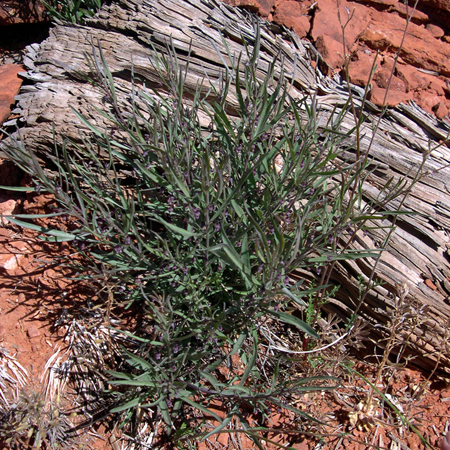
Chasmogamous flowering habit by Max Licher, SERNEC portal
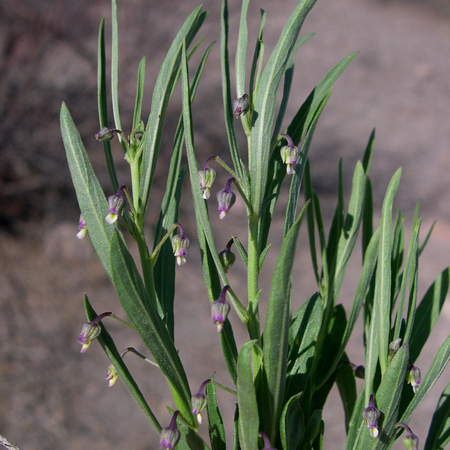
Stem with leaves by Max Licher, SERNEC portal
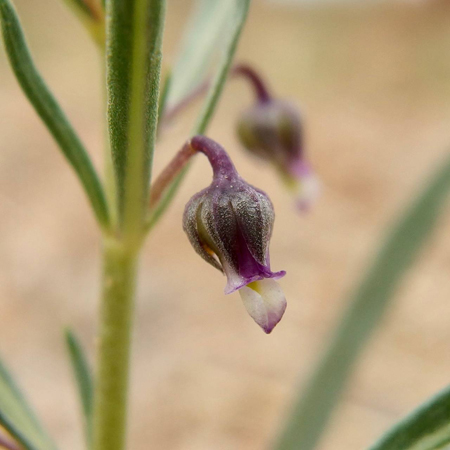
Chasmogamous flower by Sue Carnahan, SERNEC portal
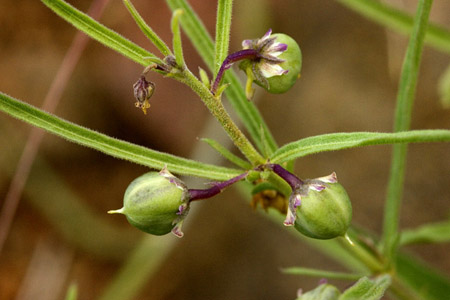
Chasmogamous fruit by Patrick Alexander, SERNEC portal
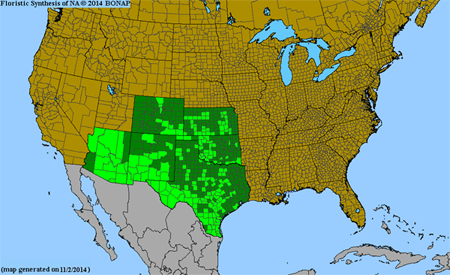
Map by Biota of North America